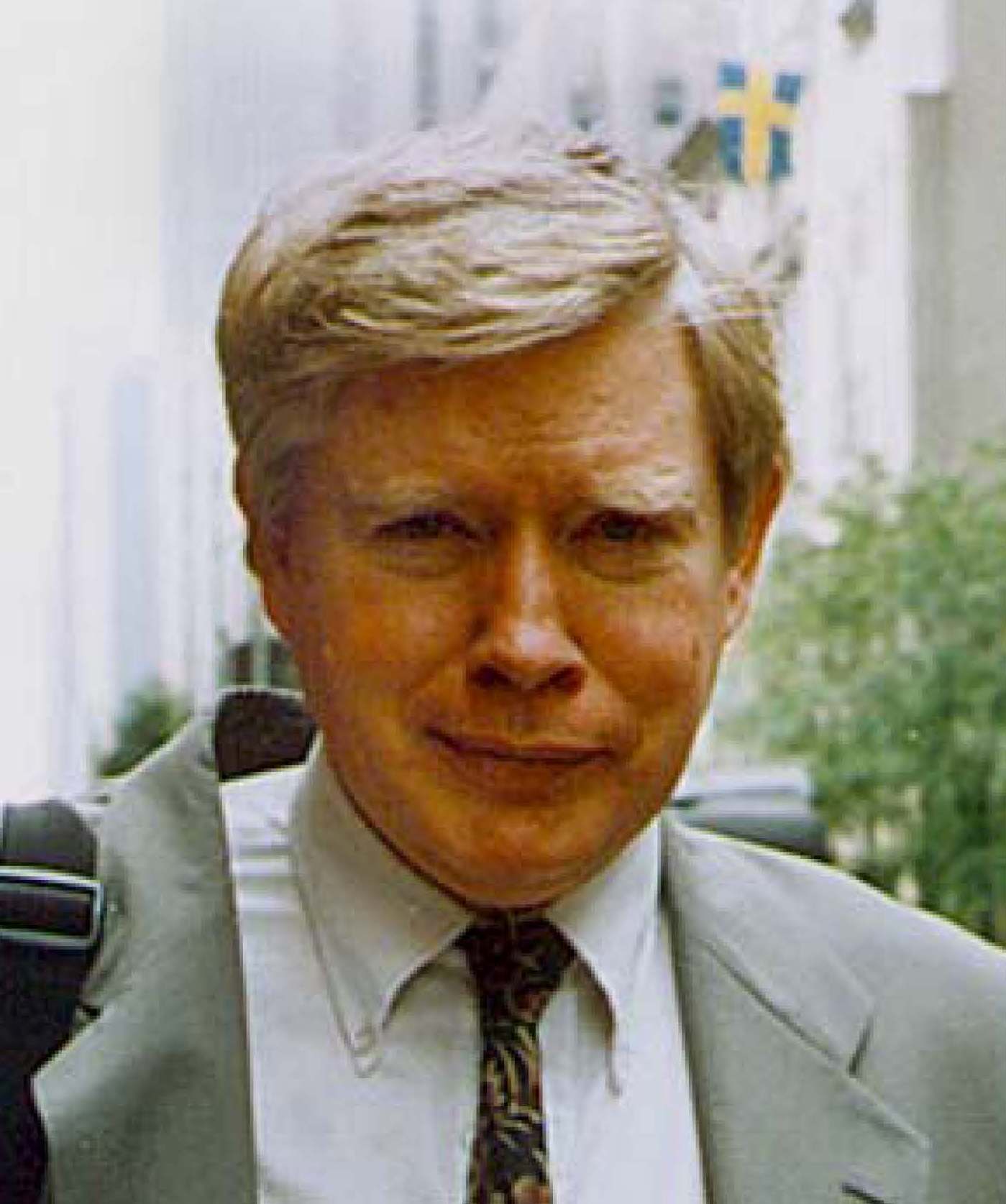The Speed of Light: Cumulative Instantaneous Forces at a Distance
Year: 2012 Pages: 4
Light itself need not be produced by instantaneous transitions between energy levels and then propagated as a wave or photon or a probabilistic photon with a velocity equal to the speed of light. Instead, light or radiation in general, may be regarded as the effect of oscillations of charged particles in a source that produce at a distance in-phase oscillations of charged particles in the primary receiver, first inside atomic nuclei, then after a delay, oscillations of electrons, e.g., of free electrons or of bound electrons where the widening of orbits of bound atomic electrons leads to their ejection. The proposed mechanism to produce such light transmission is similar to Maxwell's changing electric fields causing magnetic fields and changing magnetic fields causing electric fields. In Maxwell's theory, these effects propagate as a spherical wave in vacuous space. In the proposed theory these changes occur inside atomic nuclei due to cumulative instantaneous forces at a distance.


